The software part is a firmware written using Arduino IDE and it’s supporting both AVR (Mega2560) and ARM platform (Due). Modified, it could also be used in other projects. It comes with SCPI command set that is obligatory feature of serious commercial equipment and its usually behind the marketing word “programmable”. Thanks to SCPI it’s possible to remotely program and monitor power supply. There is many commercial software suites that allows communication with various laboratory equipment, and some manufacturers such as Keysight offers entry level solution for free (e.g. Command Expert).
This project is now in mature phase leaving many mistakes, misconceptions and dead-ends behind it. I’d like to present here a current status and from now on new ideas and progress will be presented asking of course for your opinions and comments.
In short this project should bridge the huge gap that exists between commercial and simple DIY programmable power supplies (that if we could accept above mentioned notice about programmability hardly deserve such name) – the first offers many features and remains hopelessly closed and later offers OPENNESS in publishing and discussing all challenges and are in general much simpler for building (that not necessary mean that such design is by default questionable, poor performer, unsafe or even dangerous to any party involved).
Let’s continue with the list of main features:
- Modular design, that means instead of one big PCB the complete functionality is achieved using few smaller modules. Currently we have pre-regulator (one per channel), post-regulator (one per channel), Digital control board that is Arduino shield (one per system) and Auxiliary power supply (one per system).
- “DIY friendly” at beginning presume using many “jelly beans” THT components but after few revisions the advantage of SMD becomes clear: you can pack more components and it’s easier to desolder/resolder during experimentation. All assembly so far is done with soldering iron and due to that “no-leads” packaging such as QFN or BGA was avoided. The “DIY friendly” also means that no exotic, custom or hard to find components are used. Actually all parts are sourced from only two distributors (+ enclosure is the third one).
- “A complete approach” – the project starts with keeping in mind electrical, mechanical and software aspects concurrently and all the time (almost ;). For example, PCBs are dimensioned to fit suitable heatsink, the enclosure is selected to accept two channels and main transformer, the front panel is designed taking into account usability, etc. Such approach could simplify eventual preparation for group buy started by “closed” group of some forum members or even crowd funding campaign. Who is going to do that is not so important – the whole project is open and will stay open. If selected TAPR 1.0 (hardware) and GPLv3 (firmware) seems too restrictive to any potential manufacturer we are open for discussion.
- Safety during testing/assembling phase and in daily operation. The power supply has to be safe for the human operator, connected load and itself. Due to that no high voltage circuits are used (that of course would make a complete design more efficient) that could less experienced builder (as myself) could cost eventually life. The mains voltage is present only at the input section of Auxiliary power supply module but even that could be skipped in the future if isolated external AC/DC adapters similar to notebook’s adapter but with higher voltage (e.g. 36 or 48 V) is used. Load protection is achieved with offering constant voltage and constant current mode of operation with software protection against over-voltage and over-current situations. The protection on power supply is achieved with adding AC input and DC output protection components and by deploying software over-temperature and...
 Denis
Denis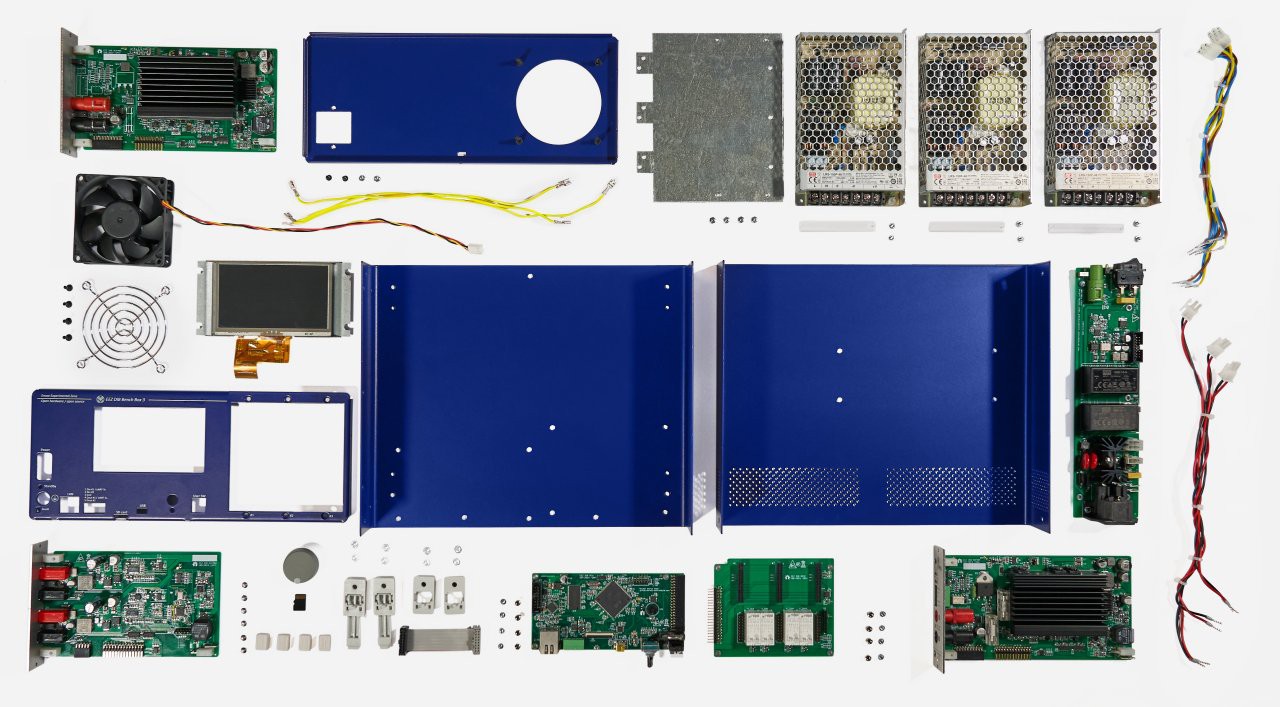




 This module now has additional MCU controlled power relay with NO and NC pins exposed and reachable from the rear panel (X6 connector). Cooling fan power is now isolated, 5V buck is removed and dual output 5 W AC/DC module from Vigortronix is used instead.
This module now has additional MCU controlled power relay with NO and NC pins exposed and reachable from the rear panel (X6 connector). Cooling fan power is now isolated, 5V buck is removed and dual output 5 W AC/DC module from Vigortronix is used instead.
 It's possible now to work with two current range e.g. 0-500 mA and 0-5 A
(on the picture that is down left corner section with Q13, Q14, R63,
R65). Current shunt monitor op amp (IC7) is changed to LTC2050HV (see
It's possible now to work with two current range e.g. 0-500 mA and 0-5 A
(on the picture that is down left corner section with Q13, Q14, R63,
R65). Current shunt monitor op amp (IC7) is changed to LTC2050HV (see 
 The most important changes here is encoder that can be now mounted directly on the PCB. Due to that TFT display is moved to the left. PE (Earth) terminal is moved below encoder.
The most important changes here is encoder that can be now mounted directly on the PCB. Due to that TFT display is moved to the left. PE (Earth) terminal is moved below encoder.



 ... and here is PCB layout current sensing section:
... and here is PCB layout current sensing section: I didn't manage to connect other end of ZD17 in a way to not cross sensitive measurement line but at least that is happened under right angle and on the opposite side of the PCB.
I didn't manage to connect other end of ZD17 in a way to not cross sensitive measurement line but at least that is happened under right angle and on the opposite side of the PCB. 

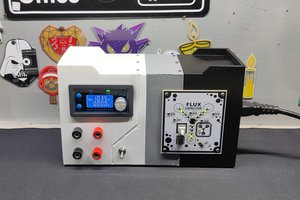
 Arnov Sharma
Arnov Sharma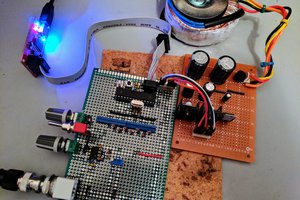
 Tim Savage
Tim Savage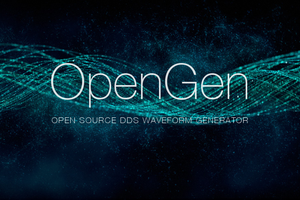
 Richard Coleman
Richard Coleman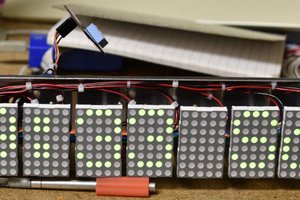
 Bharbour
Bharbour
Good Day
I wish to build a linear 20V3 DC Power Supply with USB Interface that understands SCPI commands.
Can someone be helpful to explain in Block Parts what & how to link a cheap dc power supply to a USB Interface and be able operate using remote SCPI Commands.
Maybe point to me some already available kits Projects.
Many Thanks